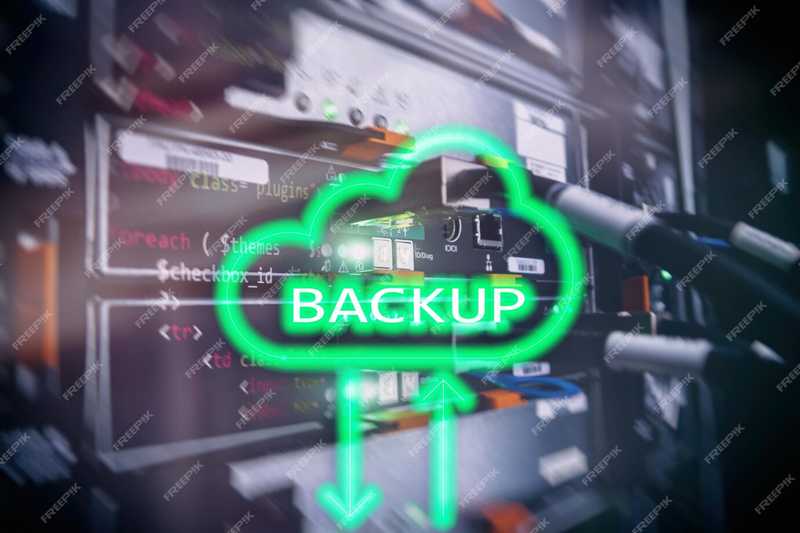
The Importance of Data Backup and Recovery in Today’s IT Landscape
In recent years, the shift to cloud computing has been monumental. Many companies have embraced the cloud for its scalability, flexibility, and potential cost savings. However, a significant number of organizations still operate in hybrid or fully on-premise environments. Interestingly, as cloud costs become more apparent, some companies are reconsidering their strategies and moving back to on-premise solutions. Regardless of the environment—cloud, hybrid, or on-premise—one constant remains: the critical need for robust data backup and recovery strategies. Frequent backups of file servers and virtual machines are essential to safeguard against data loss, corruption, and other unforeseen disasters.
Levels of Backups
Volume Shadow Copy:
For individual Windows file servers, Volume Shadow Copy Service (VSS) allows for the creation of backup copies or snapshots of files or volumes, even when they are in use. This is useful for recovering individual files or folders.
Full Snapshots:
In virtual environments, full snapshots of virtual machines (VMs) can be taken using dedicated backup software solutions. These snapshots capture the entire state of the VM, including its memory, disk, and configuration, providing a comprehensive backup.
Incremental and Differential Backups:
These methods focus on backing up only the changes made since the last backup (incremental) or the last full backup (differential), reducing storage requirements and backup time.
Scheduling Backups Properly
Properly scheduling backups is crucial to ensure data integrity and availability. Here are some best practices:
Overnight Weekly Full Backups:
Perform full backups weekly during off-peak hours to minimize disruption. This ensures a complete copy of all data is available.
Nightly/Daily Incremental and Differential Backups:
Conduct incremental or differential backups nightly or daily to capture changes made since the last full backup. This approach reduces the amount of data to be backed up each time, speeding up the process and saving storage space.
Backup Retention Schedules: Implement retention schedules to determine how long backups are kept. This helps manage storage costs and ensures compliance with data retention policies. For example, keep daily backups for a week, weekly backups for a month, and monthly backups for a year.
The Role of Backups in Disaster Recovery
Backups are the cornerstone of any disaster recovery plan. Without them, organizations risk significant data loss, which can lead to operational downtime, financial loss, and reputational damage. Virtual machine checkpoints or snapshots (e.g., Hyper-V, VMware) and built-in operating system backup tools (e.g., Windows Server Backup) offer some level of protection but are not sufficient on their own. These tools often lack the comprehensive features and reliability needed for a robust disaster recovery strategy.
The 3-2-1 Backup Rule
A widely recommended best practice is the 3-2-1 backup rule:
- 3 - copies of your data
- 2 - different storage media
- 1 - copy offsite This approach ensures that data is protected against various types of failures, including hardware malfunctions, software issues, and natural disasters.
The Rising Threat of Ransomware and Cybersecurity Attacks
With the rise of ransomware and other cybersecurity attacks, the importance of backups has never been more critical. Ransomware can encrypt your data, rendering it inaccessible until a ransom is paid. Even then, there’s no guarantee that the data will be restored. Regular backups ensure that you have a clean copy of your data that can be restored without paying a ransom. Additionally, cybersecurity attacks can lead to data breaches, corruption, or deletion. Having reliable backups allows you to recover quickly and maintain business continuity.
Secure Your Future with CybarWorks
At CybarWorks, we understand the complexities and challenges of data backup and recovery. Our managed backup solutions are designed to provide peace of mind with dedicated backup software solutions tailored to your specific needs. Don’t wait for a disaster to strike—ensure your data is protected today. Contact us to learn more about how we can help secure your critical data and support your disaster recovery efforts. Collapse


